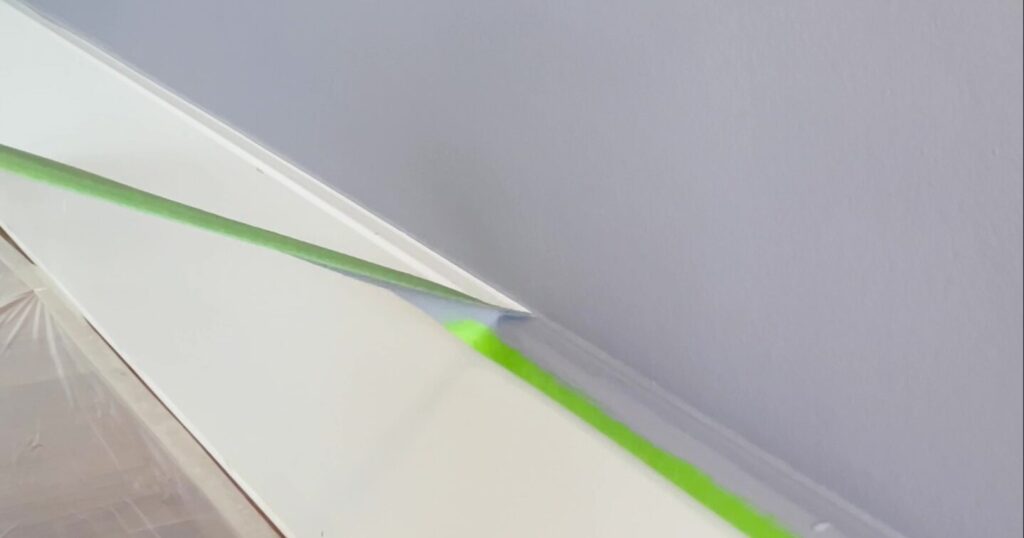Choosing the right paint roller is key to achieving the best results in your painting project. The ideal roller would ideally hold a lot of paint, create the desired texture, not spray or shed fibers, and be easy to clean. While the perfect roller doesn’t exist, you can get close by considering the nap length. A roller with a 1/2-inch nap, such as lamb’s wool, is a good balance, holding enough paint and providing moderate texture. Most professionals prefer 9-inch rollers for their lighter weight and ease of use, although some endorse wider rollers for their efficiency in covering large areas quickly.
What roller cover nap?
3-5mm Nap: Ideal for a smooth finish with water-based or oil-based gloss or semi-gloss paints. Best for doors or cupboards.
7-9mm Nap: Suitable for very smooth finishes on feature walls or where minimal texture is desired.
10-15mm Nap: The most common choice for walls and ceilings, suitable for flat or low sheen paints.
18-26mm Nap: Great for rough and textured surfaces like brick or render, designed to hold and apply more paint.
Width Considerations:
75-100mm: Good for interior projects like cupboards, door trims, and furniture, as well as exterior projects like fence posts.
130-180mm: Useful for doors, small walls, and benches in interior projects, and eaves or pergolas in exterior projects.
230-270mm: Best for large surfaces like walls, ceilings, fences, and floors.
Different roller materials suit different paints and surfaces:
Woven Polyester: Versatile for all paint types.
Knitted Polyester: Ideal for water-based paints on smooth surfaces.
Mohair Blend: Perfect for a high-quality finish with gloss enamels.
Sheepskin: Suitable for rough surfaces.
Foam: For smaller areas requiring a mirror finish with gloss enamels.
Micro Fibre: Compatible with most water-based paints.
Textured Rollers: Available in coarse, medium, and fine textures for different textured finishes.
Each type has specific uses and benefits, ensuring you get the best results for your painting project.

